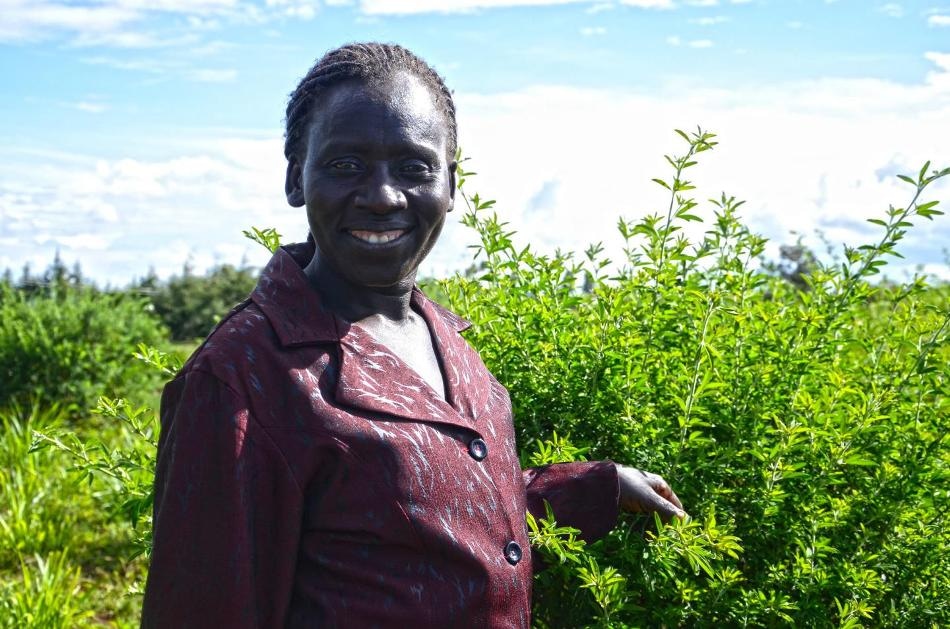Jun 27 2019
Farmers plant trees into pastures and fields to make money out of wood or fruit, increase shade and fodder for livestock, protect against wind or water erosion, or improve soil health.
 Farmer Pricila Kiprotich with fodder trees and shrubs for dairy in Kenya. (Image credit: S Odeyo, World Agroforestry. https://flic.kr/p/iq9Cii)
Farmer Pricila Kiprotich with fodder trees and shrubs for dairy in Kenya. (Image credit: S Odeyo, World Agroforestry. https://flic.kr/p/iq9Cii)
In every scenario, farmers play an important role in climate change mitigation by improving soil and biomass carbon sequestration.
However, it seems like they are a step ahead of the United Nations Framework Convention on Climate Change—the global organization that intends to stabilize the climate.
In an article reported in the journal Agriculture, Ecosystems and Environment on June 27th, 2019, researchers presented the need for measurement and reporting on agroforestry in international climate agreements. Several countries plan to confiscate carbon via agroforestry to help achieve climate change mitigation goals; however, the potential to document confiscation through agroforestry is generally restricted.
Researchers urge for enhanced accounting and visibility—for example, through better and satellite imagery and data for agroforestry—to contribute to increased food production and large scaling of soil and biomass carbon sequestration.
Explicit Ambitions, Minimal Reporting
Similar to how farmers value trees on their farms, 40% of developing countries refer to agroforestry as an approach for adapting to and reducing climate change. In Africa, 71% of countries name agroforestry as a vital climate strategy.
However, a study has demonstrated that just 16 developing countries offered quantitative estimations that comprised of the number or areal extent of trees excluding the forests. There is a large gap between what is reported and what could be reported: researchers have predicted that some kind of agroforestry is practiced on 43% of all agricultural land—more than 1 billion hectares—offering livelihood to over 900 million people.
Researchers suggest four steps to improve global and national accounting of agroforestry, with the acknowledgment that enhanced measurement, reporting, and verification of global, national¸ and farm-scale advantages of agroforestry are essential to utilize transformative support for large-scale agroforestry. In several instances, the use of current data and capacity building could enhance accounting of agroforestry.
For long-term climate stability, transparency of climate actions such as in agroforestry is very important.